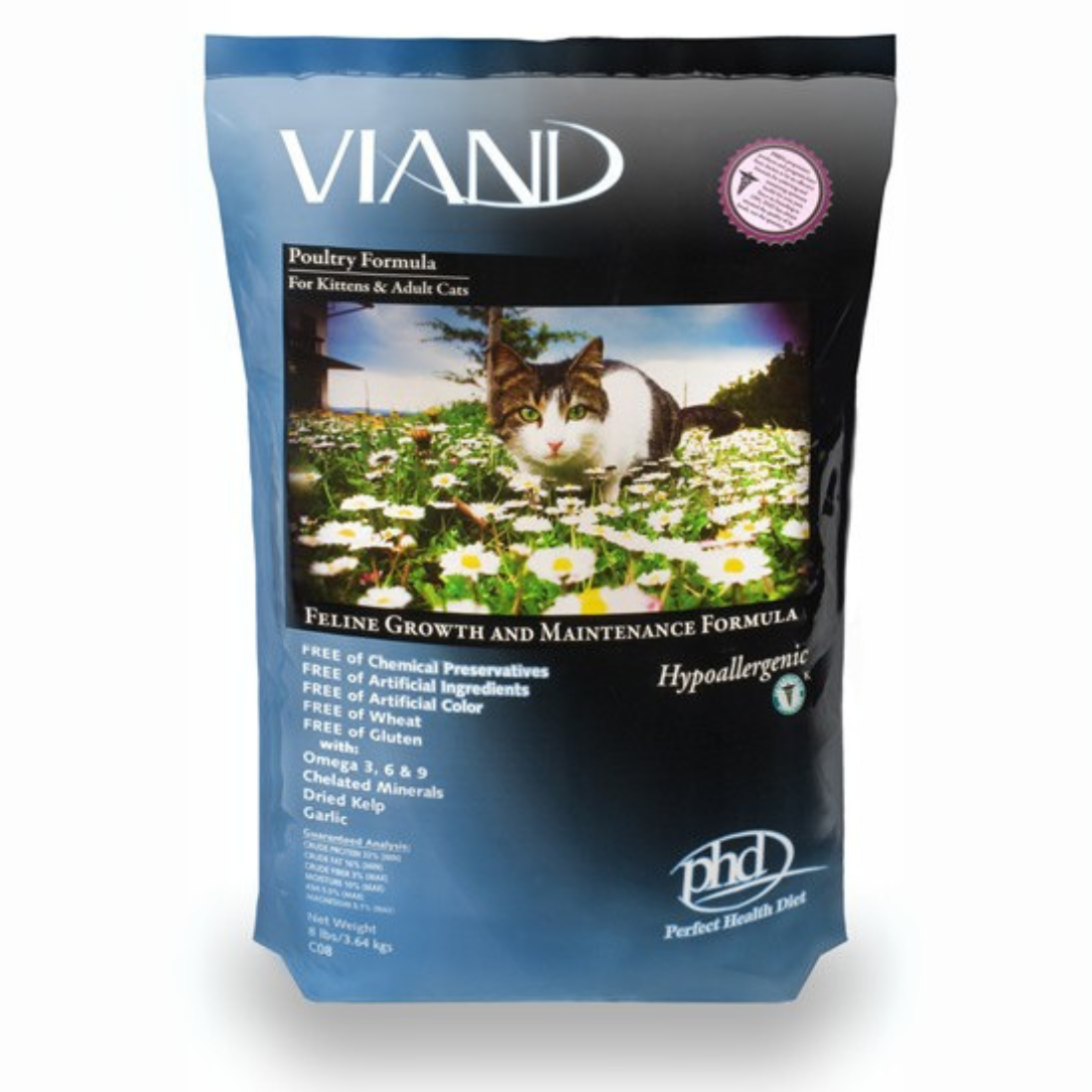

· By Scott Pollak
The 5 Golden Habits of Dog Training (Backed by Science)
Whether you're raising a brand-new puppy or working with a rescue dog who’s still finding their footing, training is about more than just “sit” and “stay.” At its core, it’s about building trust, communication, and consistency. And while there’s no single universal rulebook, we’ve found that five golden habits—rooted in both psychology and dog behaviour studies—can set the foundation for success.
Let’s explore them.
 1. 🎯 Plan with Purpose
1. 🎯 Plan with Purpose
Dogs thrive on clarity. Before diving into training, identify exactly what behaviors you want to encourage. Instead of vague goals like “be better on walks,” break it down: “walk calmly without pulling on leash for 3 blocks.” Be specific, and even better—break big goals into micro-steps. Think of it as training your dog through wins, not struggles.
🧠 Tip: Training is less effective when the goalpost moves. Keep sessions focused and predictable.
2. 🛎 Reinforce with Contingency
This is where clickers, verbal markers (like “Yes!”), and timely treats come in. Contingency means pairing a clear marker with a reward—every single time—to show your dog they’re on the right track.
🔁 Example: The moment your dog’s butt hits the floor during a “sit” command, click or say “yes!” and reward. That split-second connection is what makes learning stick.
3. ✨ Keep It Simple (Parsimony)
Overcomplicating things can confuse both ends of the leash. Use one clear cue per behavior. Use one consistent marker. Dogs aren’t decoding paragraphs—they’re tuning into patterns. Simplicity builds confidence.
🗣 Choose a unique, short cue (“yes!” or a clicker) that you don’t use in normal conversation to avoid mixed signals.
4. 🐕 Let the Behavior Reinforce Itself
Not all rewards need to be edible. Some of the most powerful reinforcers are built into the environment. If your dog is nervous around new people, the act of sniffing and then walking away calmly can be more meaningful than any treat.
👃 Real-World Reward: Letting your dog sniff that fire hydrant longer than usual is a form of reinforcement—use it wisely.
5. 🎁 Reward Generously (Then Strategically)
In the early stages of training, rewards should come early and often. You’re building momentum and motivation. Once your dog masters a behavior, you can space rewards out—but only after the foundation is solid.
💡 If your dog loses interest in training, ask yourself: “Would I work this hard for this reward?”
Final Thought: Set the Tone with Trust
Training is about relationship, not control. The more consistent, patient, and transparent you are, the more your dog will trust your signals. Avoid punishment-based or “balanced” methods that use fear. They may work short-term—but they erode long-term confidence.
When in doubt, ask:
“Am I making it clear, fair, and rewarding?”
Because that’s what great training looks like—from paws to purpose.
-🦴 Written with love (and science),
The Viand Team


